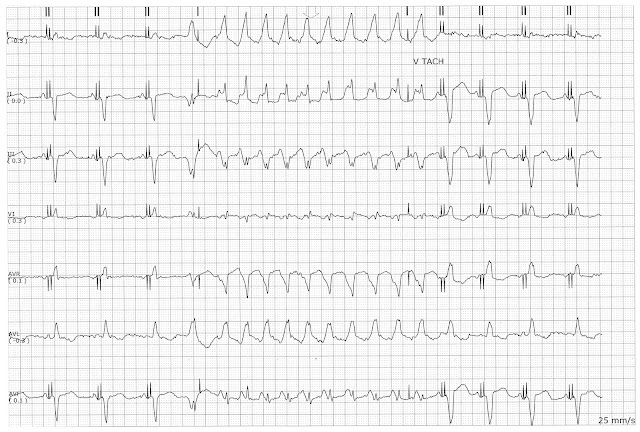Nursing Stuff: Isolation Precautions

The answers are: 1. c. Droplet 2. e. Standard 3. d. Neutropenic 4. b. Contact 5. a. Airborne
I have been in nursing for 40 years and have worked in a variety of settings including hospice, long term care, med-surg, supervision, cath lab, ER, special procedures and critical care. I enjoy working as a float nurse because it gives me a variety of clinical experiences. I am also a CPR, ACLS, and PALS, TNCC, ENPC instructor at our local hospital.





